Home>Gardening & Outdoor>Landscaping Ideas>How To Display Pampas Grass
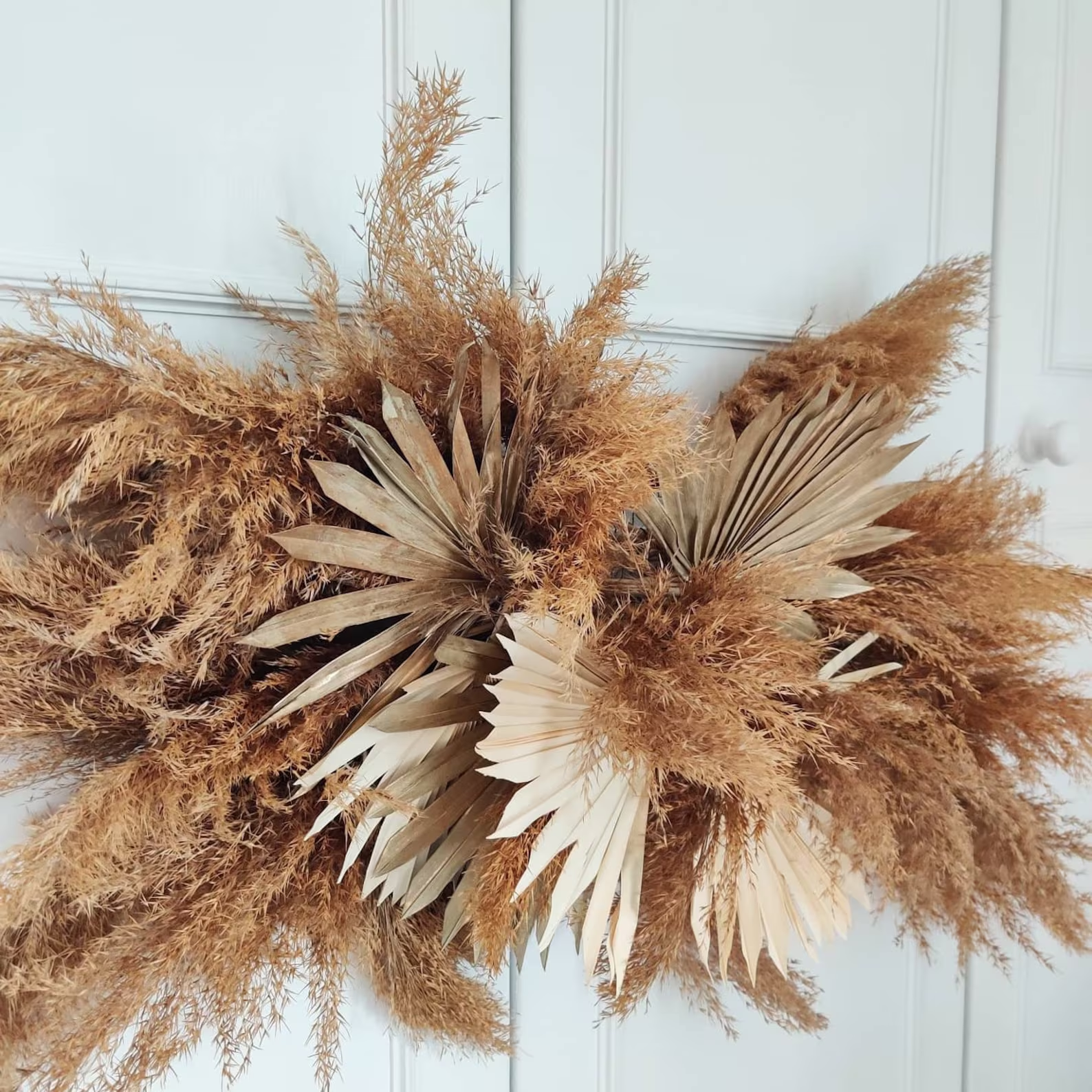

Landscaping Ideas
How To Display Pampas Grass
Modified: October 27, 2024
Learn how to display pampas grass in your landscaping with our expert tips and ideas. Create a stunning outdoor space with our landscaping ideas.
(Many of the links in this article redirect to a specific reviewed product. Your purchase of these products through affiliate links helps to generate commission for Storables.com, at no extra cost. Learn more)
Introduction
Pampas grass, with its feathery plumes and graceful demeanor, has become a popular choice for landscaping and home decor. Originating from the vast plains of South America, this stunning ornamental grass has found its way into gardens, parks, and interior design schemes around the world. Its striking appearance and low-maintenance nature make it a versatile and sought-after addition to any outdoor or indoor space.
The elegant plumes of pampas grass, which can reach impressive heights, add a touch of drama and texture to landscapes. Whether used as a focal point in a garden bed, as a privacy screen, or as an eye-catching accent in floral arrangements, pampas grass brings a sense of natural beauty and tranquility to its surroundings.
In this comprehensive guide, we will delve into the various aspects of displaying pampas grass, from choosing the right location and preparing the soil to planting, watering, and maintaining this stunning grass. We will also explore the art of harvesting and the creative ways to showcase pampas grass in your home.
So, whether you are a seasoned gardener looking to add a touch of elegance to your outdoor space or an interior design enthusiast seeking to bring the beauty of the outdoors inside, this guide will equip you with the knowledge and inspiration to make the most of pampas grass in your surroundings. Let's embark on this journey to discover the enchanting world of pampas grass and unlock its potential to elevate your landscape and interior decor.
Key Takeaways:
- Pampas grass thrives in sunny, well-drained areas and adds natural beauty to gardens. Planting, watering, and pruning are essential for its health and vitality.
- Harvested pampas grass plumes can be creatively displayed in homes, adding a touch of natural elegance to interior decor. They are versatile and timeless decor elements.
Read more: How To Kill Pampas Grass
Choosing the Right Location
Selecting the ideal location for planting pampas grass is crucial to ensure its optimal growth and visual impact. Before delving into the specifics of soil preparation and planting, it's essential to carefully consider the environmental conditions and aesthetic aspects of the chosen site. Here's a detailed exploration of the key factors to consider when choosing the right location for pampas grass:
Sunlight Exposure
Pampas grass thrives in locations that receive ample sunlight. When scouting for the perfect spot, prioritize areas that bask in full sunlight for the majority of the day. This ensures that the grass receives the necessary energy for robust growth and the development of its iconic plumes.
Soil Drainage
The soil's drainage capacity is another critical consideration. Pampas grass flourishes in well-draining soil and is susceptible to root rot if planted in waterlogged areas. Therefore, opt for a location with soil that allows excess water to percolate through effectively, preventing waterlogging and promoting healthy root development.
Space and Height Considerations
Given its impressive size, pampas grass requires ample space to spread out and reach its full potential. When selecting a location, envision the mature dimensions of the grass and allocate sufficient space for it to thrive without overcrowding other plants or structures. Additionally, consider the height of the plumes when choosing the location to ensure they can sway gracefully without obstruction.
Read more: How To Plant Pampas Grass
Aesthetic Harmony
Beyond its practical requirements, the visual impact of pampas grass within its surroundings is a key consideration. Whether used as a standalone focal point or as part of a larger landscape design, the chosen location should complement the grass's natural beauty and enhance the overall aesthetic appeal of the space.
By carefully evaluating these factors and selecting a location that aligns with the sunlight exposure, soil drainage, space requirements, and aesthetic considerations, you can set the stage for a successful pampas grass display. With the right location secured, the next steps of soil preparation and planting can be approached with confidence, laying the groundwork for a thriving and visually captivating pampas grass showcase.
Preparing the Soil
Preparing the soil is a fundamental step in establishing an environment conducive to the healthy growth of pampas grass. This process sets the foundation for robust root development, nutrient uptake, and overall vitality of the grass. By addressing the soil's composition and structure, you can create an optimal growing medium that supports the long-term flourishing of pampas grass.
Soil Composition and pH Level
Before planting pampas grass, it's essential to assess the soil composition and pH level. Pampas grass thrives in well-drained soil with a slightly acidic to neutral pH range of 6.0 to 7.5. Conduct a soil test to determine the pH level and make necessary amendments to achieve the ideal range. If the soil is excessively acidic, adding lime can help raise the pH, while sulfur can be used to lower it if the soil is too alkaline.
Soil Texture and Drainage
The texture and drainage capacity of the soil significantly impact the health and growth of pampas grass. It favors sandy or loamy soil that provides adequate drainage, preventing water from pooling around the roots. If the soil is heavy clay or compacted, incorporating organic matter such as compost or well-rotted manure can improve its texture and drainage, creating a more hospitable environment for the grass to thrive.
Read more: What Are Pampas Grass
Clearing and Tilling the Soil
Prepare the planting area by clearing it of any debris, weeds, or unwanted vegetation. Once the area is cleared, till the soil to a depth of around 12 to 18 inches. This process helps loosen the soil, improve aeration, and facilitate root penetration, laying the groundwork for healthy root establishment and growth.
Incorporating Amendments
Incorporating organic matter into the soil is beneficial for enhancing its fertility and structure. Mix in a generous amount of compost or well-rotted manure to enrich the soil with essential nutrients and improve its overall quality. This organic amendment contributes to long-term soil health and provides a nutrient-rich substrate for the pampas grass to draw upon as it establishes itself.
Final Soil Preparation
Once the soil has been tested, amended, and tilled, it is essential to ensure that the planting area is level and free of any large clumps or debris. Smooth out the surface of the soil to create a uniform bed for planting, ensuring that the pampas grass can be introduced into an environment that is conducive to its growth and development.
By meticulously preparing the soil to meet the specific needs of pampas grass, you can lay the groundwork for a thriving and visually captivating display. This thoughtful approach to soil preparation sets the stage for successful planting and the long-term health and vibrancy of the pampas grass, ensuring that it can fulfill its potential as a stunning addition to your landscape or interior decor.
Planting Pampas Grass
Planting pampas grass is a pivotal step in bringing this stunning ornamental grass to life in your chosen location. By following the proper planting techniques, you can establish a strong foundation for the grass to thrive and flourish, ultimately contributing to a visually captivating display. Here's a detailed exploration of the essential steps involved in planting pampas grass:
Read more: When To Plant Pampas Grass
Selecting Healthy Plants
When embarking on the journey of planting pampas grass, it's crucial to start with healthy, high-quality plants. Whether opting for container-grown specimens or divisions from established clumps, choose plants with robust root systems and vibrant foliage. Inspect the overall health of the plants, ensuring they are free from signs of disease or damage, and select those that exhibit vigorous growth and promising plume development.
Timing and Season
The timing of planting plays a significant role in the successful establishment of pampas grass. It is best to plant pampas grass in the spring, allowing it to take advantage of the favorable growing conditions and longer daylight hours. Spring planting provides the grass with ample time to acclimate to its new environment, develop strong roots, and prepare for the following growing season.
Digging the Planting Hole
Prepare the planting hole to accommodate the root system of the pampas grass. The hole should be approximately twice as wide as the plant's root ball and of sufficient depth to accommodate the roots without crowding or bending. This generous planting hole provides the roots with ample space to spread out and establish themselves, setting the stage for healthy growth.
Planting Depth and Spacing
When placing the pampas grass in the prepared hole, position it at the same depth as it was previously growing. Ensure that the crown of the plant, where the roots meet the foliage, is level with the surrounding soil. If planting multiple pampas grass specimens, space them at least 6 to 8 feet apart to allow for their expansive growth and prevent overcrowding as they mature.
Read more: How Tall Does Pampas Grass Grow
Backfilling and Watering
Once the plant is positioned in the hole, backfill the space around the roots with the amended soil, gently tamping it down to remove air pockets. After planting, thoroughly water the newly installed pampas grass to settle the soil around the roots and provide essential moisture for its initial establishment. Adequate watering at the time of planting promotes root-to-soil contact and supports the plant's transition into its new environment.
Mulching and Care
Applying a layer of organic mulch around the base of the newly planted pampas grass helps conserve soil moisture, suppress weed growth, and insulate the roots. Maintain a consistent watering schedule, ensuring that the soil remains evenly moist but not waterlogged during the initial establishment period. As the grass takes root and begins to grow, monitor its progress and provide ongoing care, including regular watering and fertilization as needed.
By following these steps and providing attentive care, you can ensure the successful planting of pampas grass, setting the stage for its long-term vitality and visual impact. With the grass firmly rooted in its new environment, it can begin its journey towards becoming a striking focal point in your landscape or a captivating addition to your interior decor.
Watering and Fertilizing
Proper watering and fertilizing practices are essential for nurturing healthy and vibrant pampas grass, ensuring its robust growth and the development of its iconic plumes. By understanding the specific water and nutrient requirements of pampas grass, you can provide the optimal care needed to support its long-term health and visual appeal.
Watering Guidelines
Pampas grass, once established, demonstrates a remarkable tolerance to drought conditions. However, during its initial establishment phase and periods of prolonged dryness, regular watering is crucial to support healthy growth. When determining the watering schedule for pampas grass, consider the following guidelines:
-
Establishment Phase: During the first growing season after planting, maintain consistent soil moisture to facilitate root development. Water newly planted pampas grass deeply once or twice per week, ensuring that the soil remains evenly moist but not waterlogged.
-
Mature Plants: Established pampas grass typically requires minimal watering, relying on natural rainfall to meet its moisture needs. However, during extended periods of drought or in exceptionally dry climates, providing supplemental irrigation can help sustain the grass and prevent stress-induced decline.
-
Watering Technique: When watering pampas grass, aim to deliver water directly to the root zone, avoiding wetting the foliage excessively. This targeted approach helps minimize the risk of fungal diseases and promotes efficient water uptake by the roots.
Read more: How To Get Rid Of Pampas Grass Roots
Fertilization Practices
Pampas grass benefits from periodic fertilization to support its vigor and plume production. When implementing a fertilization regimen for pampas grass, consider the following best practices:
-
Timing: Apply a balanced, slow-release fertilizer to pampas grass in early spring, just as new growth begins to emerge. This timing aligns with the grass's natural growth cycle, providing it with essential nutrients to fuel robust development.
-
Fertilizer Selection: Choose a fertilizer with a balanced NPK (nitrogen, phosphorus, and potassium) formulation, such as a 10-10-10 or 15-15-15 blend. This balanced approach ensures that the grass receives a comprehensive array of essential nutrients without promoting excessive foliage growth at the expense of plume production.
-
Application Technique: When applying fertilizer, distribute it evenly around the base of the pampas grass, taking care to avoid direct contact with the foliage. Water the area thoroughly after fertilization to facilitate nutrient absorption and prevent potential root burn.
By adhering to these watering and fertilizing guidelines, you can provide the necessary care to support the health and vitality of pampas grass, fostering its lush foliage and impressive plumes. With a thoughtful approach to watering and fertilizing, you can contribute to the enduring beauty and resilience of pampas grass, ensuring that it remains a captivating centerpiece in your landscape or interior decor.
Pruning and Maintenance
Pruning and maintenance are essential aspects of caring for pampas grass, contributing to its overall health, aesthetics, and longevity. By implementing proper pruning techniques and regular maintenance practices, you can ensure that your pampas grass remains a striking and well-manicured feature in your landscape or interior setting.
Pruning Guidelines
Pruning pampas grass is a vital task that helps rejuvenate the plant, remove dead foliage, and promote vigorous regrowth. Here are the key guidelines for effective pruning:
-
Timing: The ideal time to prune pampas grass is in late winter or early spring, before the new growth emerges. This timing allows for the removal of old, dormant foliage while minimizing the risk of interfering with the development of new shoots.
-
Cutting Back: Using sharp pruning shears or hedge trimmers, cut the foliage of pampas grass back to a height of 12 to 18 inches from the ground. This rejuvenation pruning technique stimulates fresh growth and encourages the emergence of new plumes, contributing to a lush and vibrant appearance.
-
Safety Precautions: When pruning pampas grass, it is essential to wear protective clothing, including long sleeves, gloves, and eye protection, to shield against the sharp edges of the grass blades.
Maintenance Practices
In addition to pruning, regular maintenance tasks play a crucial role in preserving the health and visual appeal of pampas grass. Here are the key maintenance practices to incorporate into your care routine:
-
Weed Control: Keep the area surrounding pampas grass free from weeds and unwanted vegetation. Regularly inspect the vicinity of the grass and promptly remove any encroaching weeds to prevent competition for nutrients and moisture.
-
Division: Over time, pampas grass clumps can become overcrowded, leading to reduced vigor and plume production. Consider dividing mature clumps every few years to rejuvenate the plants and maintain their vitality.
-
Pest and Disease Management: Monitor pampas grass for signs of pests, such as aphids or mites, and address any infestations promptly. Additionally, be vigilant for symptoms of fungal diseases, such as rust or leaf spot, and take appropriate measures to mitigate their impact.
-
Cleanup: Remove any dead or decaying foliage from the base of the pampas grass to maintain a tidy appearance and reduce the risk of disease development.
By adhering to these pruning and maintenance practices, you can uphold the health and visual allure of pampas grass, ensuring that it remains a captivating and well-maintained element in your outdoor landscape or interior decor. Regular attention to pruning and maintenance not only enhances the aesthetic appeal of pampas grass but also contributes to its long-term vitality and resilience.
Read more: How To Decorate With Pampas Grass
Harvesting Pampas Grass
Harvesting pampas grass marks a rewarding culmination of its growth cycle, offering an opportunity to gather its striking plumes for decorative and artistic purposes. Whether adorning floral arrangements, crafting unique home decor accents, or creating stunning visual displays, harvested pampas grass plumes bring a touch of natural elegance to various settings. Here's a detailed exploration of the process and considerations involved in harvesting pampas grass:
Timing and Preparation
The timing of pampas grass harvesting is crucial to ensure the plumes are at their peak condition for display and use. Ideally, harvest the plumes in late summer or early fall when they have fully matured and developed their characteristic fluffiness and color. Before embarking on the harvesting process, equip yourself with protective gloves and clothing to shield against the sharp edges of the grass blades.
Cutting and Bundling
Using sharp pruning shears or a handheld scythe, carefully cut the pampas grass plumes at the desired height, leaving sufficient stem length for versatile use in arrangements and displays. As you harvest the plumes, bundle them together in manageable quantities, securing the base of each bundle with twine or a decorative ribbon. Handling the plumes with care during cutting and bundling helps preserve their visual appeal and ensures they remain intact for creative applications.
Drying and Preservation
Once harvested and bundled, the pampas grass plumes require proper drying and preservation to maintain their form and texture. Hang the bundles upside down in a well-ventilated, dry area, such as a shed or airy room, allowing the plumes to air-dry naturally. Avoid exposing the plumes to direct sunlight, as prolonged sun exposure can cause fading. Throughout the drying process, periodically fluff the plumes and adjust their positioning to facilitate uniform drying and maintain their fluffy appearance.
Read more: How To Harvest Pampas Grass
Creative Applications
The harvested pampas grass plumes lend themselves to a myriad of creative applications, serving as versatile decorative elements in various contexts. From adorning mantels and tabletops to accentuating floral arrangements and crafting unique wall decor, the plumes infuse spaces with a touch of natural charm and textural allure. Embrace your creativity and explore innovative ways to showcase the harvested pampas grass, whether as standalone accents or integrated into larger design compositions.
Long-Term Enjoyment
Properly harvested and preserved pampas grass plumes can provide enduring enjoyment, serving as timeless decor elements that bring a sense of organic beauty to interior spaces. With their ethereal appearance and enduring appeal, the harvested plumes offer a lasting reminder of the grace and elegance of pampas grass, enriching your home decor with a touch of nature's artistry.
By embracing the art of harvesting pampas grass and exploring its creative potential, you can unlock a world of possibilities for incorporating its captivating plumes into your living spaces, events, and artistic endeavors. The process of harvesting and utilizing pampas grass plumes not only celebrates the natural beauty of this ornamental grass but also invites you to infuse your surroundings with its timeless allure.
Displaying Pampas Grass in Your Home
Displaying pampas grass in your home offers a captivating way to bring the beauty of the outdoors into your living spaces, infusing them with a touch of natural elegance and textural allure. Whether adorning tabletops, mantels, or wall displays, pampas grass plumes serve as versatile decor elements that effortlessly complement a range of interior design styles. Here's a detailed exploration of the creative and inspiring ways to showcase pampas grass in your home:
Tabletop Accents
Pampas grass plumes make enchanting additions to tabletop displays, adding a whimsical and organic touch to dining areas, coffee tables, and consoles. Arrange a selection of dried plumes in a decorative vase or vessel, allowing their feathery texture to create a visually captivating centerpiece. The soft, neutral hues of the plumes harmonize with various color palettes, making them versatile accents for both casual and formal table settings.
Read more: How To Trim Pampas Grass
Wall Decor
Embrace the trend of botanical-inspired wall decor by incorporating pampas grass into your home's artful compositions. Create a striking wall hanging by arranging dried plumes in a cascading pattern, securing them to a wooden dowel or metal hoop for a nature-inspired focal point. The ethereal quality of the plumes adds a sense of movement and dimension to wall displays, infusing the space with a serene and organic ambiance.
Stylish Arrangements
Integrate pampas grass plumes into stylish arrangements that adorn shelves, sideboards, and nooks, adding a touch of natural charm to your home decor. Combine the feathery plumes with dried florals, such as preserved eucalyptus or lavender, to create visually captivating bouquets that exude a sense of timeless elegance. The juxtaposition of textures and forms in these arrangements adds depth and visual interest to your interior spaces.
Seasonal Accents
Celebrate the changing seasons by incorporating pampas grass into your seasonal decor schemes. During the fall, intertwine the plumes with rustic branches and autumnal foliage to create captivating harvest-inspired displays. In the winter, adorn your home with arrangements that feature the soft, delicate plumes alongside evergreen branches and festive accents, infusing the space with a cozy and inviting atmosphere.
Natural Elegance
Embrace the understated beauty of pampas grass as a standalone decor element, allowing its graceful plumes to take center stage in your home. Place a single, oversized plume in a tall, slender vase to create a minimalist yet impactful statement piece that exudes natural elegance. The simplicity of this display highlights the inherent beauty of the grass, adding a serene and sophisticated touch to your interior decor.
By incorporating pampas grass into your home decor, you can infuse your living spaces with a sense of organic beauty and timeless allure. The versatility and visual appeal of pampas grass plumes make them captivating decor elements that elevate the ambiance of any room, inviting you to embrace the enchanting presence of nature within your home.
Frequently Asked Questions about How To Display Pampas Grass
Was this page helpful?
At Storables.com, we guarantee accurate and reliable information. Our content, validated by Expert Board Contributors, is crafted following stringent Editorial Policies. We're committed to providing you with well-researched, expert-backed insights for all your informational needs.

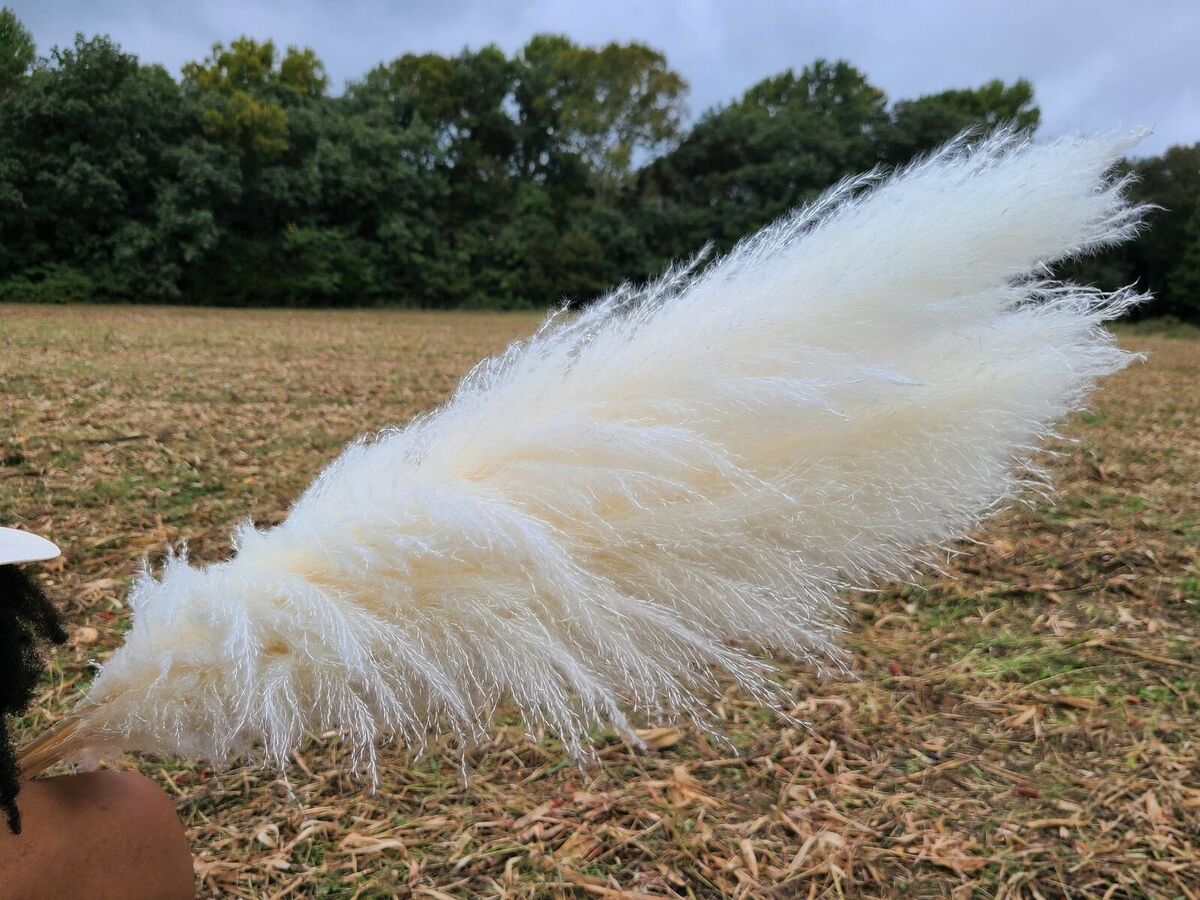
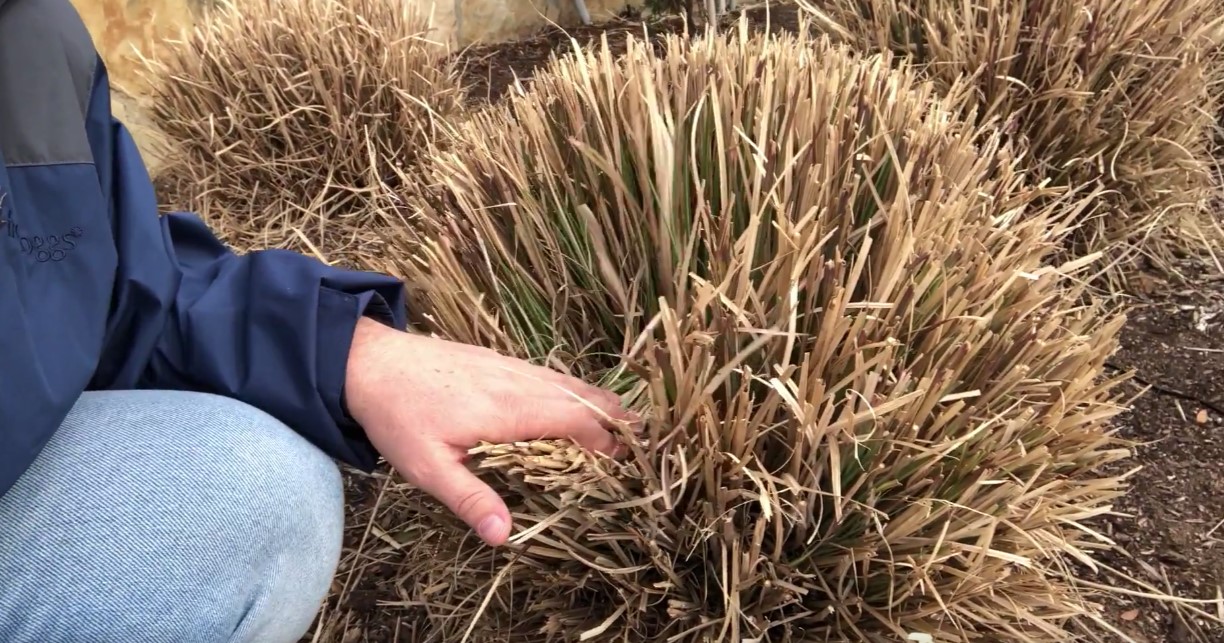

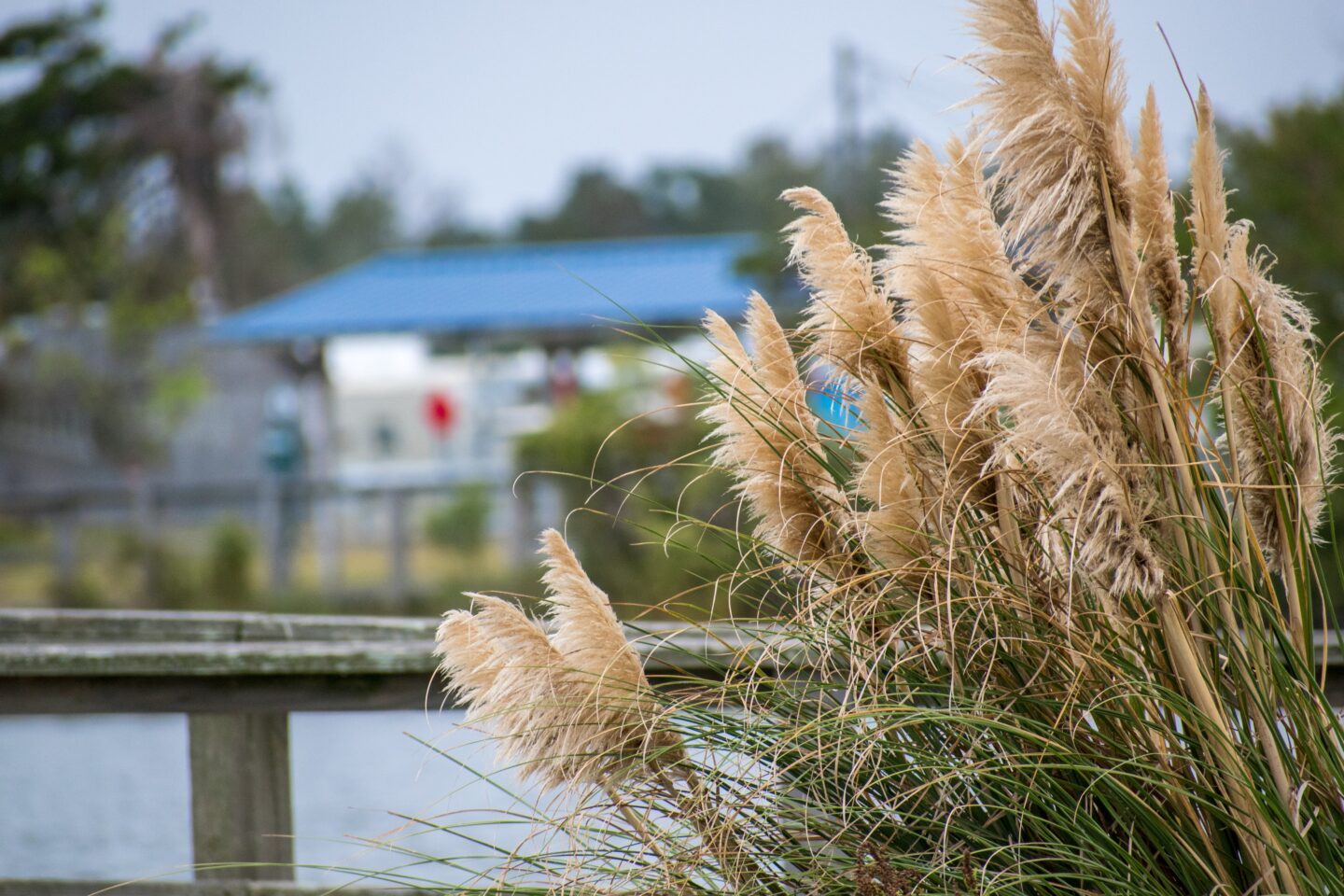
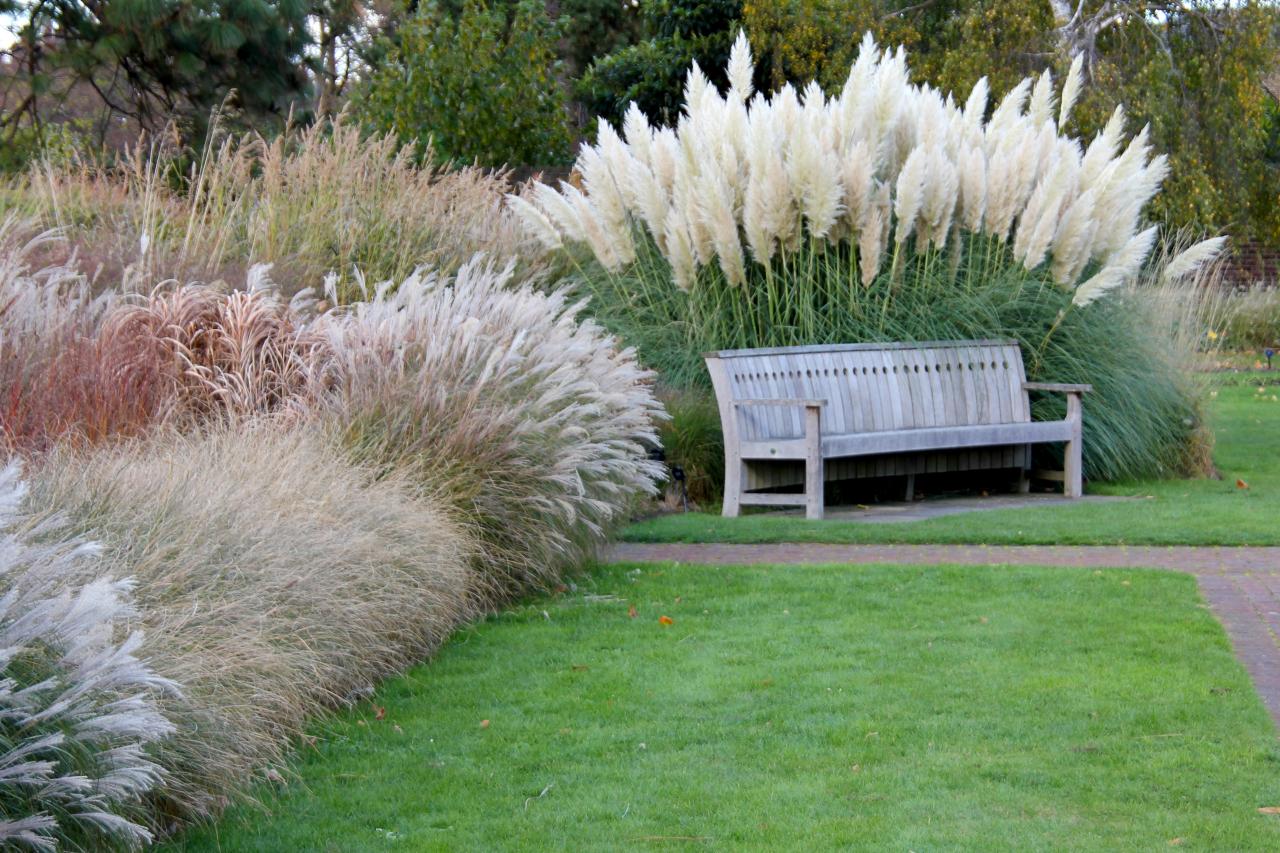


0 thoughts on “How To Display Pampas Grass”